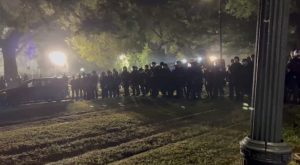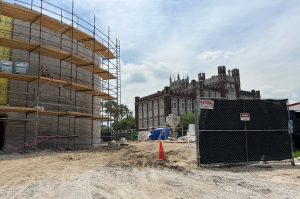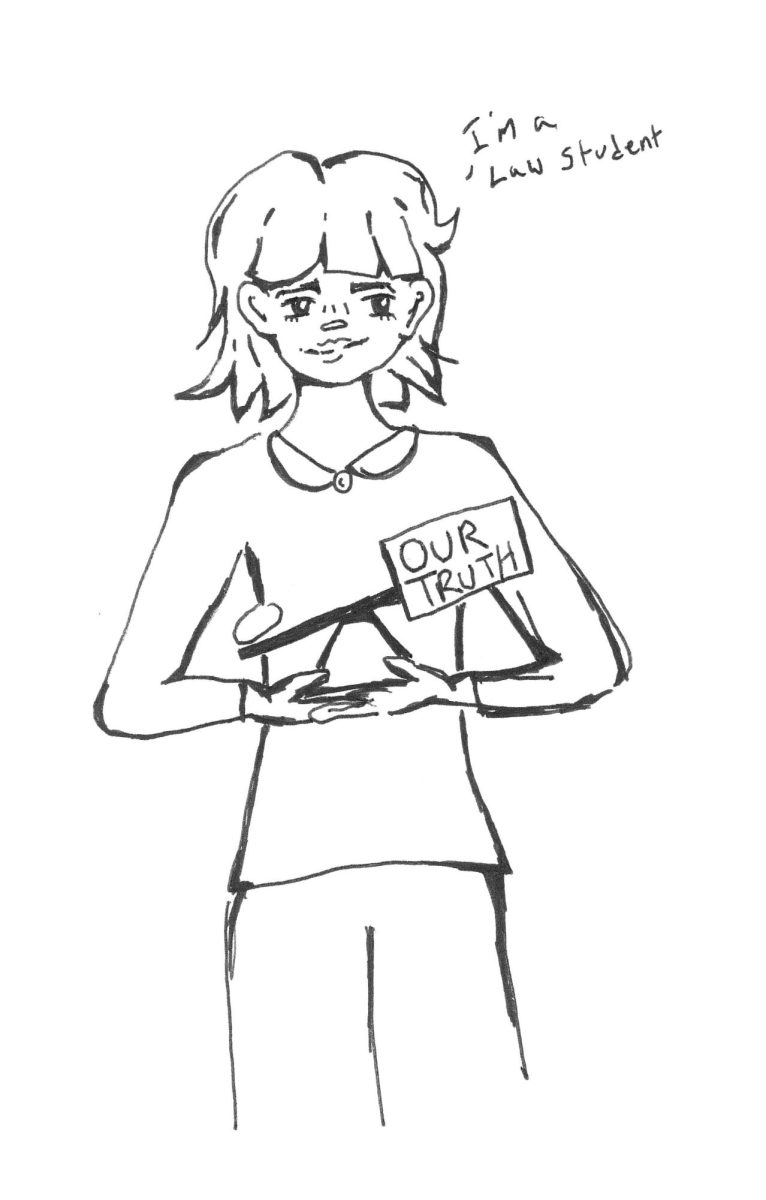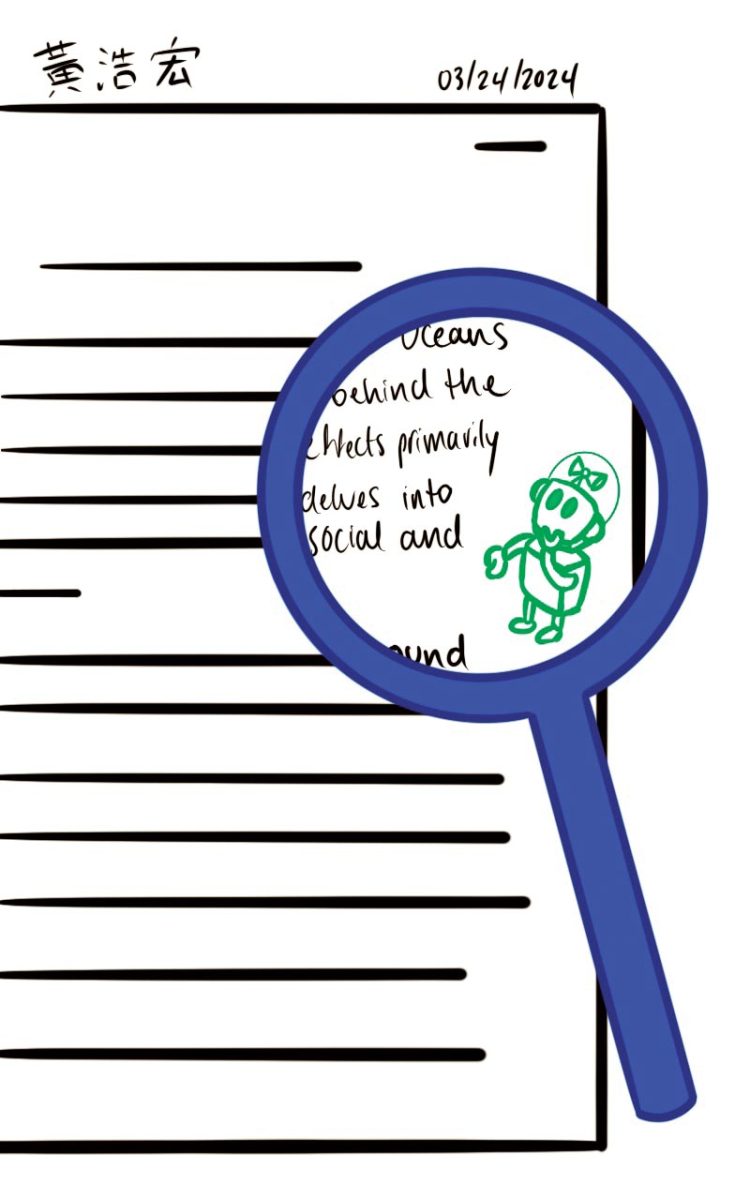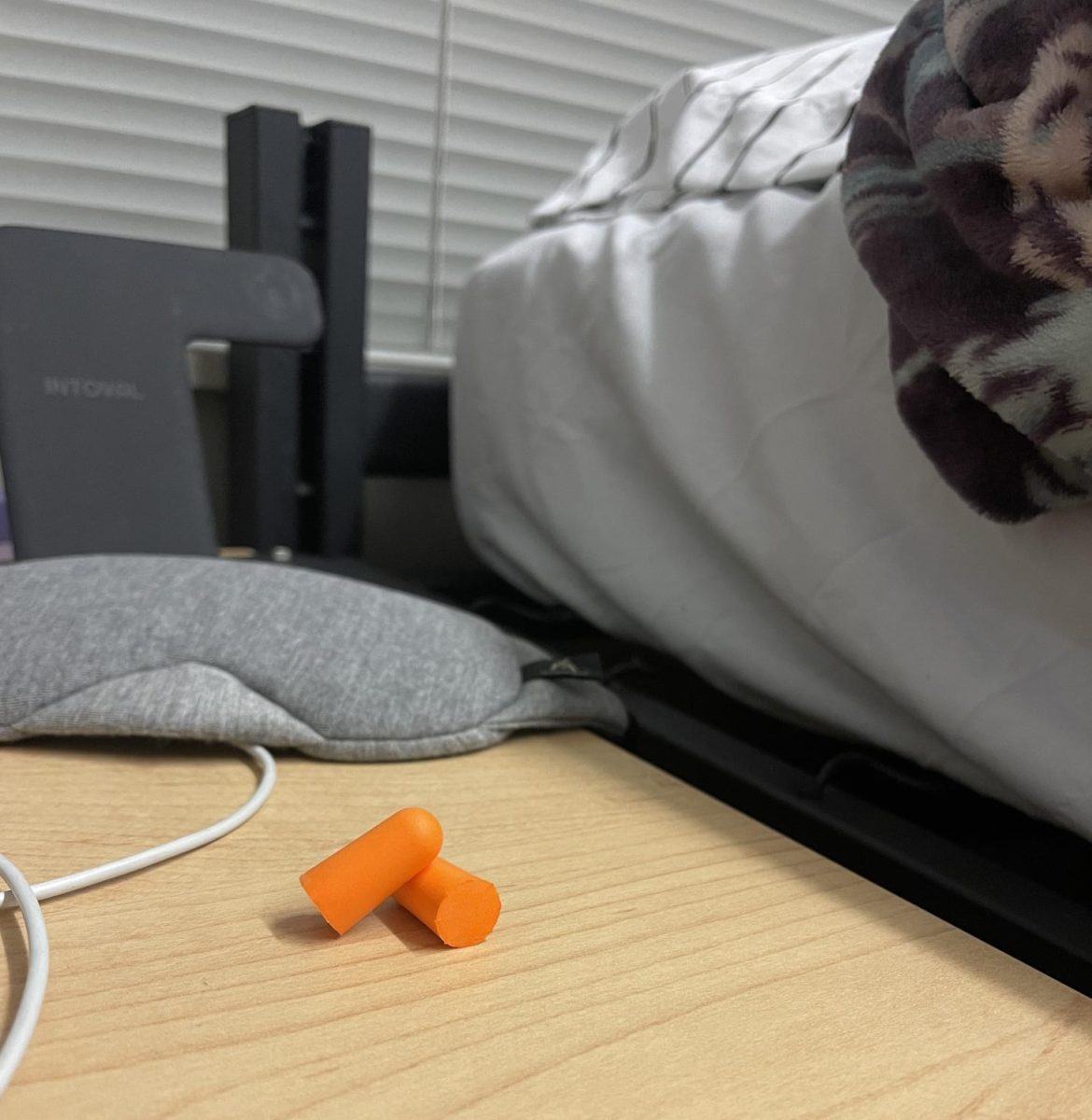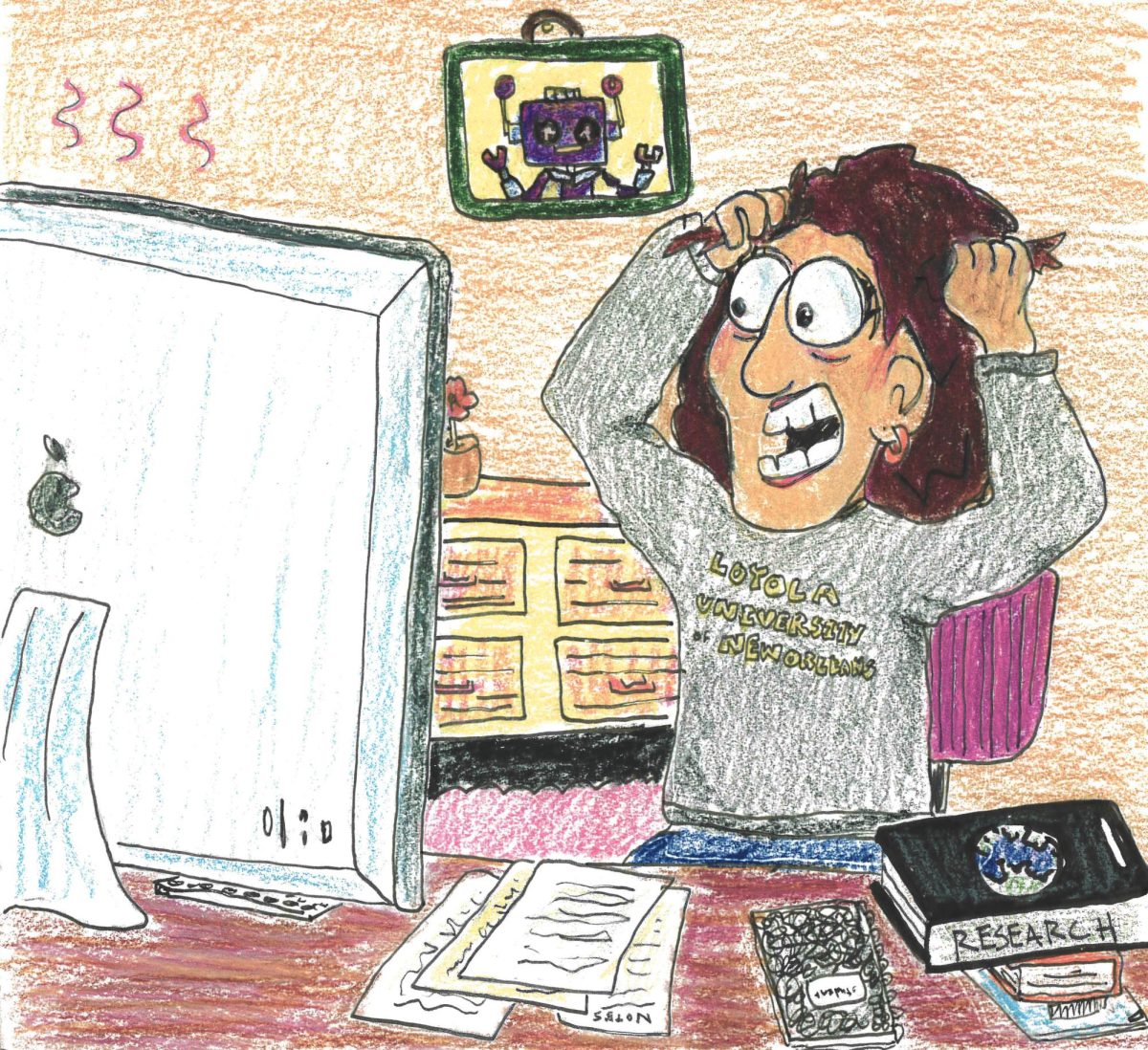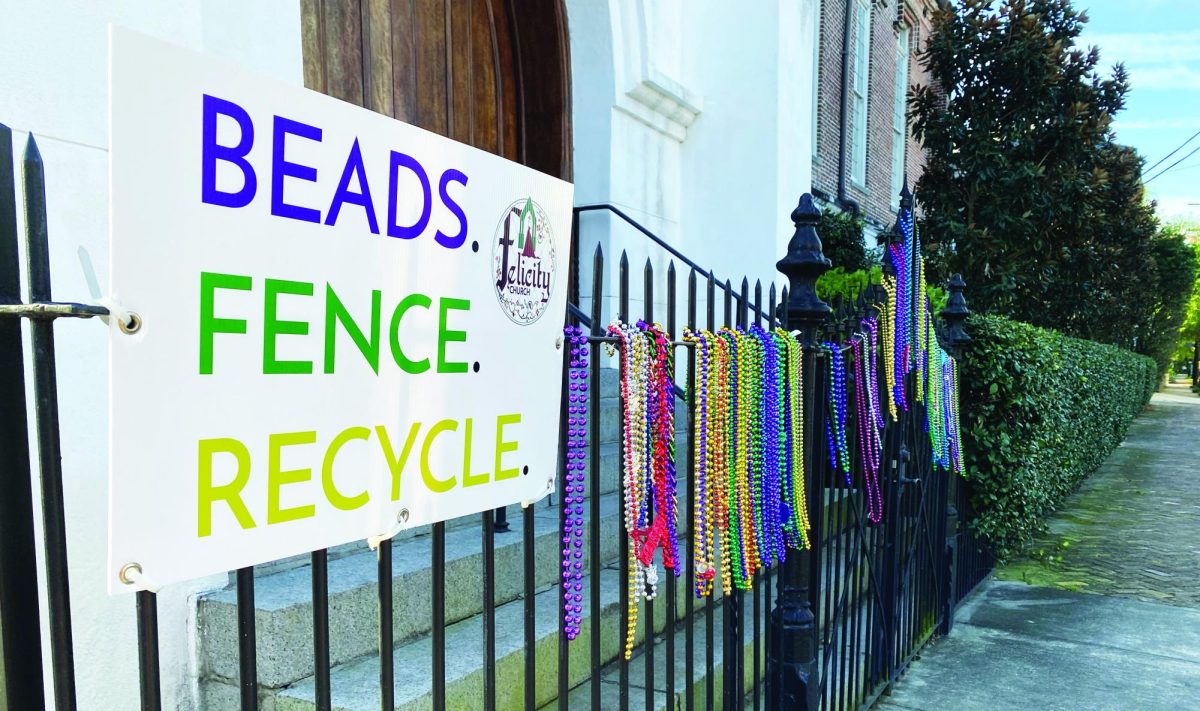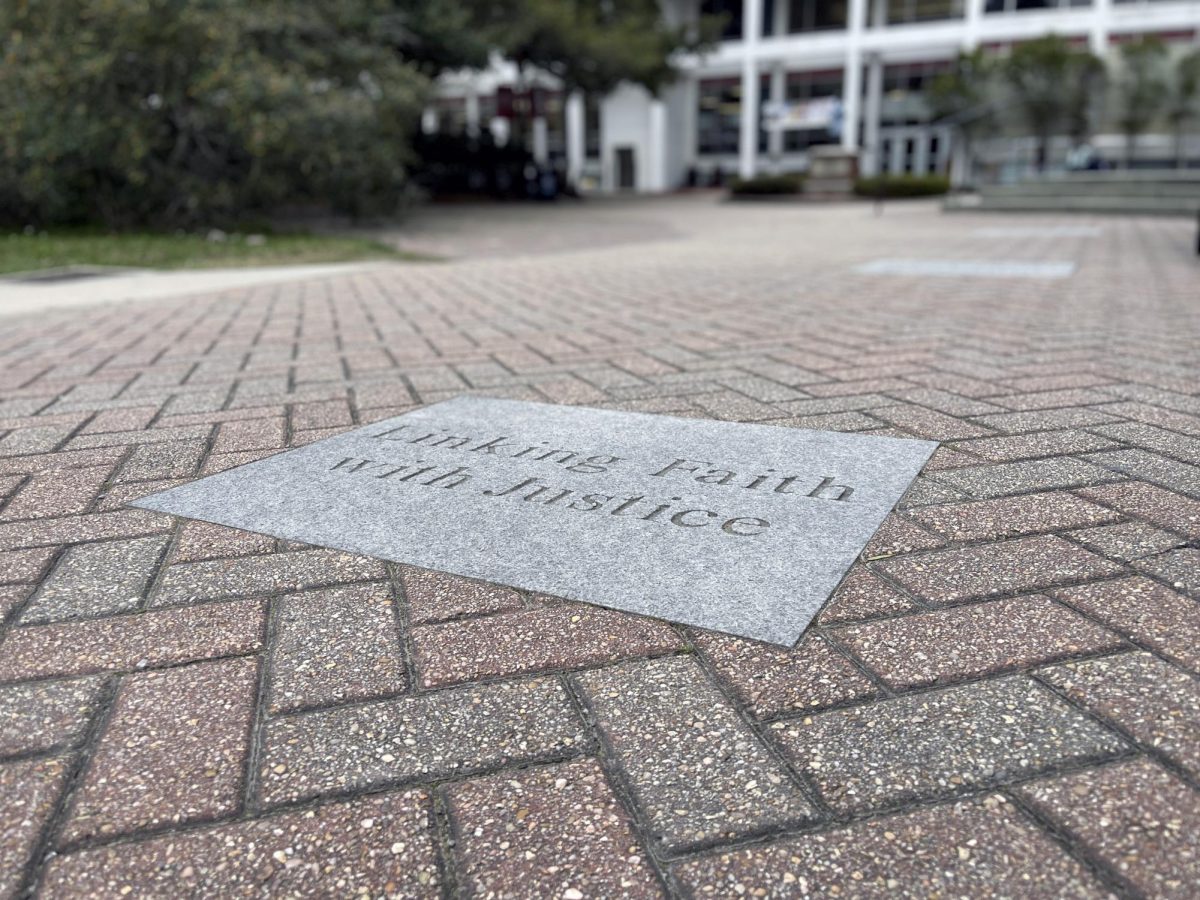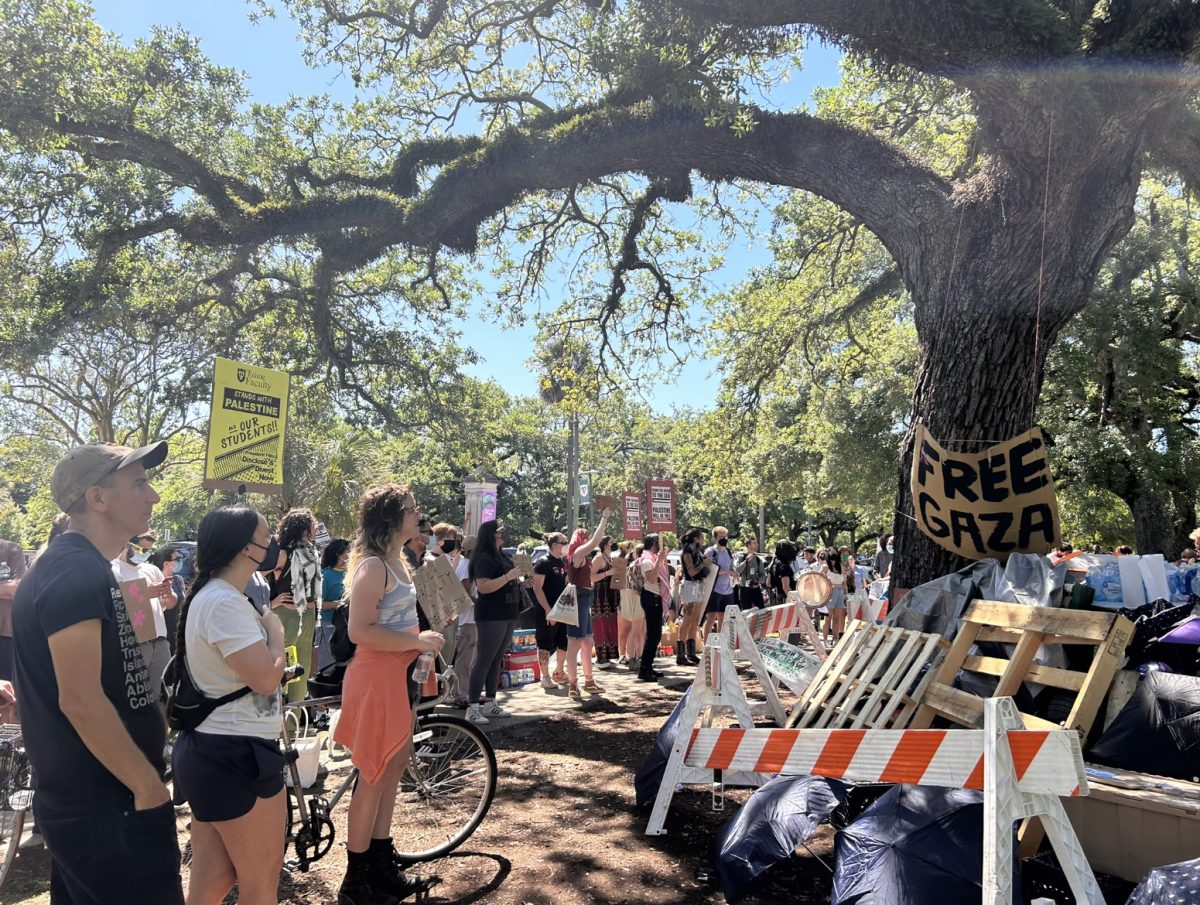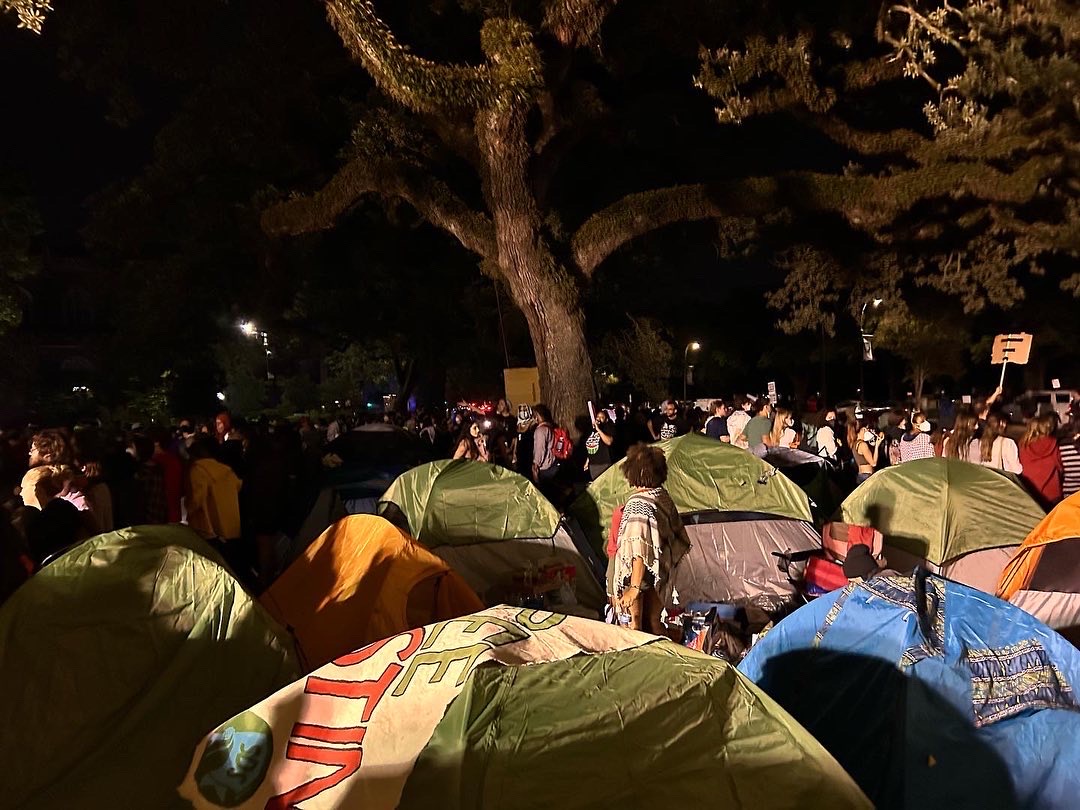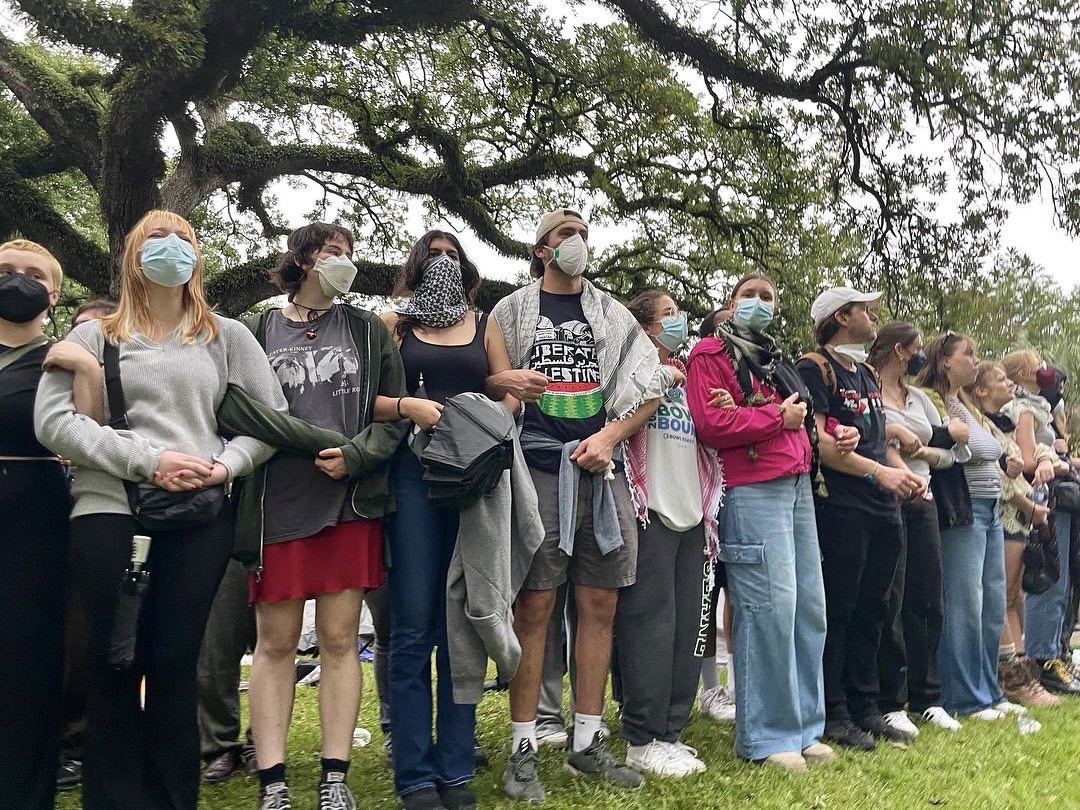The American Bar Association recently adopted a new accreditation standard for law schools (public or private) requiring them to have policies in place that protect academic freedom and freedom of expression for faculty, staff and students. The standard applies to all persons teaching law school courses regardless of status and applies to research activities, publications, law school governance, public service responsibilities and teaching. Law school policies must:
(1) Protect the rights of faculty, students, and staff to communicate ideas that may be
controversial or unpopular, including through robust debate, demonstrations, or protests;
and (2) Proscribe disruptive conduct that hinders free expression by preventing or substantially
interfering with the carrying out of law school functions or approved activities, such as
classes, meetings, interviews, ceremonies, and public events, as stated in ABA Standard 208.
Law schools may restrict expression that violates the law, constitutes a genuine threat or harassment, falsely defames a specific individual or violates a privacy or confidentiality interest. Law schools may reasonably regulate the time, place and manner of expression. These are the traditional restrictions on speech allowed under current understandings of First Amendment law. Policies must afford due process including notice, hearing and appeal rights to assess claims alleging violation of the policies.
The interpretations offered under the new standard explain that “effective legal education and the development of the law require the free, robust, and uninhibited sharing
of ideas reflecting a wide range of viewpoints. Becoming an effective advocate or counselor requires learning how to conduct candid and civil discourse in respectful disagreement with others while advancing reasoned and evidence-based arguments. Concerns about civility and mutual respect, however, do not justify barring discussion of ideas because they are controversial or even offensive or disagreeable to some, ” stated in ABA Standard 208, Interpretation 208-6.
There is not much that is actually new in the new standard – it simply requires the protections to be more specific and explicit. Much of what is in the new standard has been understood to be protected by academic freedom norms for universities, not just law schools, for decades. At Loyola, the academic freedom policy is enshrined in Chapter 8 of the Faculty Handbook, and it expressly applies to faculty (teachers) and students. Our policy states plainly that “honest academic inquiry, controversy or debate is not to be shackled.” Additionally, faculty members and students may not be harassed or intimidated; it also makes it clear that “to teach or to advocate an idea or doctrine is always legitimate.” More particularly, the policy specifies that “because the college classroom … [is a captive audience, faculty members must exert every effort not to attack nor deride religious or political beliefs of students.” The University administration, specifies the policy, has an obligation to “protect teachers and students from all destructive pressures and harassments.”
Under the new ABA standard, religious schools, like Loyola, may reflect the school’s mission in its policy “so long as such policies are not in violation of the law and are clearly disclosed in writing to all faculty, students, and staff prior to their affiliation with the law school,” according to ABA Standard 208(c)(3). Loyola’s policy emphasizes “respect for both Christian morality and Christian teaching” “without the imposition of any personal religious requirement,” as provided in the Faculty Handbook. Loyola’s policy recognizes the value that non-Catholic scholars and students bring to the University community “to bring authentic universality to Loyola.”
Why the new standard?
A series of high-profile incidents involving disruptions of planned speeches alongside claims of violations of academic freedom or retaliation against faculty, staff and students for protected speech, as at Stanford University and the student heckling of an invited U.S. Court of Appeals for the Fifth Circuit judge. Increasingly, students have engaged in protests and student protests directed at conservative speakers, like Judge Kyle Duncan above, that have generated criticism. At least two presidents of elite institutions have been forced to resign over their handling of protected speech and speech disturbances at their institution. Calls for a ceasefire in Gaza and student protests over the Hamas-Israeli conflict continue to generate discussions as to what exactly academic freedom protects. In addition, some states have enacted legislation banning critical race speech and certain forms of speech related to gender, gender identity and gender orientation, or more generally diversity, equity and inclusion speech.
But scholar Amia Srinivasan in her article with the London Review of Books cautions, “the real danger [to free speech] comes not from complaining students, but from the university administrators who – sometimes under political pressure – too often cravenly seek to appease them.” About student protests of speakers, Professor Srinivasan comments that “every instance in which students protest against an invitation and the speaker appears anyway is an instance of things going precisely as they should on a free and intellectually diverse campus. No-platforming and calls for cancelled invitations are first and foremost expressive actions. They signal opposition not only to a speaker’s views, but very often to the political programme of which they are a part, which the students who issued the invitation may deliberately be bolstering.”
At Loyola, we’ve been discussing the issue of free speech on campus for some time. In February 2019, I participated in a panel hosted by Loyola’s student chapter of The Federalist Society on “A Safe Space for Ideas: Freedom of Speech on Campus.” Included in that panel was a conservative scholar who had been heckled on a campus while attempting to deliver a speech, an attorney representing Foundation for Individual Rights and Expression, and myself, a constitutional law and First Amendment teacher and scholar. Initially, all three of us adopted fairly strong positions on the degree of protection speakers were entitled to; as the discussion developed, however, it was clear that we diverged to some degree as to the degree of protection other speakers/listeners were owed.
My own remarks at that event focused on hate speech. Defining hate speech is complicated – in the same way that we can have debates as to what constitutes obscenity, or opinion or political speech, and the extent to which conduct that is symbolic is speech or conduct that is expressive in nature is speech, we have debates about what constitutes hate speech.
In this context, hate speech is speech targeted to harm outsider groups – hate speech is expression that materially and substantively harms, threatens, insults or degrades its targets because of their membership in a group defined by a disfavored trait – color, race, religion, national or ethnic origin, disability, gender, gender identity and sexual orientation (a not necessarily exclusive listing) in the saying of that speech.
Jeremy Waldron in a series of lectures published in 2009 by the Harvard Law Review, described and defended laws forbidding group defamation or hate speech. Waldron, however, acknowledged that it was almost impossible to make a case in the United States for the constitutional acceptability of hate speech laws because of existing U.S. Supreme Court precedent.
Waldron stated, “The issue is not just our learning to tolerate thought that we hate …the [real] question is about the direct targets of the abuse. Can their lives be led, can their children be brought up, can their hopes be maintained and their worst fears dispelled, in a social environment polluted by these materials? Those are the concerns that need to be answered when we defend the use of the First Amendment to strike down laws prohibiting the publication of racial hatred.”
Waldron and others have articulated a liberal defense of hate speech prohibitions and I would like to describe here one feminist defense or attack of that status quo premised on equality.
Catharine MacKinnon in her book “Only Words” stated, “Because society is made of language, distinguishing talk about inferiority from verbal imposition of inferiority may be complicated at the edges, but it is clear enough at the center with sexual and racial harassment … Equality is a ‘compelling state interest’ that can already outweigh First Amendment rights in certain settings. In other words, expressive means of practicing inequality can be prohibited. … those who wish to keep materials that promote inequality from being imposed on students–such as academic books purporting to document women’s biological inferiority to men … No teacher should be forced to teach falsehoods as if they must be considered provisionally true, just because bigots who have managed to get published have made their lies part of a debate.”
The role of the university and in our case the law school is to empower students on their way to becoming professionals to develop the communication and analytical tools to communicate and respond effectively to all speech – all ideas. But what happens when students or speakers refuse to play by the “civility rules?”
One law professor described the problem with hate speech when it arose in the context of classroom discussions in “Dealing with Hate in the Feminist Classroom: Rethinking the Balance,” published in 2005 in the Michigan Journal of Gender and Law. Professor Stanchi described attempting to deal with the disruptions of one student who was described as yelling, bullying and harassing other students. In one discussion he said things like “everybody knows that all women are sluts who sleep their way to the top.” He referred to the author of a critical race article as “a black lesbian” who “obviously” could not understand the law. He yelled at a student, a woman of color, “you are full of shit.” The student also continually interrupted Stanchi.
Stanchi explained the difficulties in dealing with the student’s speech in the classroom. Generally, the administration and other colleagues thought it best not to interfere with the student’s speech. Stanchi argues that the policy of noninterference overvalues the rights of the hate speaker and undervalues the rights of other students to speak and learn. While free and unfettered expression in the classroom is essential to the education environment, Stanchi agreed, dealing with the student in class suggested to her that this elevated the student’s rights greatly above the legitimate rights of the other students in the class.
Plainly, most universities allow sanctioning or prohibiting speech that is seriously disruptive of the educational experience of other students. Stanchi was describing, however, the reluctance of the community to depart from the highly protective norm that our First Amendment provides to the free speech principle. Stanchi goes on in her article to identify a myriad of ways in which law school professors and administrators control or regulate speech in ways that don’t provoke a response from free speech adherents. So, for example, a criminal law professor that uses a criminal law casebook that does not include feminist critiques of rape law, she would argue, is regulating speech including the speech of students.
There are good reasons to err on the side of strong protection for speech as many established constitutional law scholars reason, like Erwin Chemerinsky, Dean at UC Berkeley School of Law. In Silencing Talk about Race: Why Arizona’s Prohibition of Ethnic Studies Violates Equality, I described efforts by state actors targeting ethnic studies programs in Arizona because in their view ethnic studies constituted hate speech directed at white persons or white culture. In that piece, I argued that Arizona’s prohibition of ethnic studies courses and programs violated not just the First Amendment but the Equal Protection Clause of the Fourteenth Amendment. In my view, Arizona’s efforts have now been eclipsed by Florida and Texas initiatives attempting to ban certain gender and race expression. Ultimately, courts held that the speech bans in Arizona were invalid, as I think the Florida and Texas speech bans are likely to be, because they restrict the speech based on their content, what courts have long understood to be the basic command of the First Amendment. In practice, efforts to target expressive speech have been borne most heavily by marginalized communities. Protecting free speech and academic freedom protects all speakers, but in particular marginalized speakers and speech, who often bear the brunt of speech restrictions.
M. Isabel Medina, Ferris Distinguished Professor of Law and Chair, University Senate, expresses her own views and does not speak for Loyola University New Orleans, the College of Law, or the University Senate.


